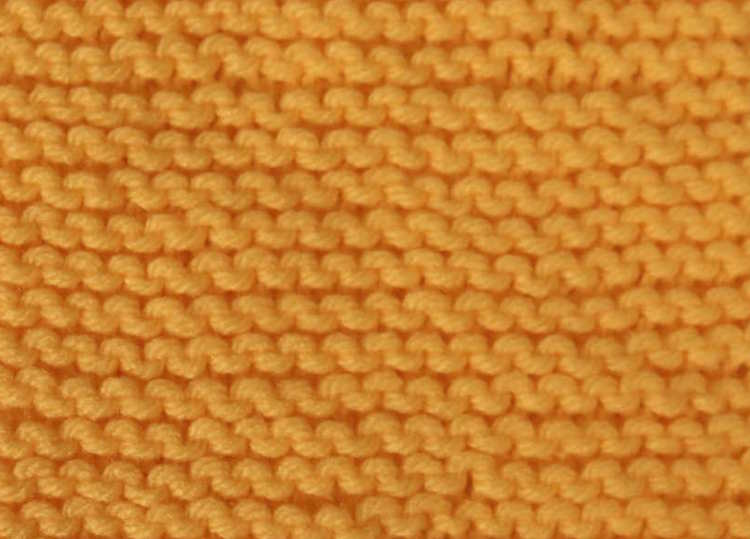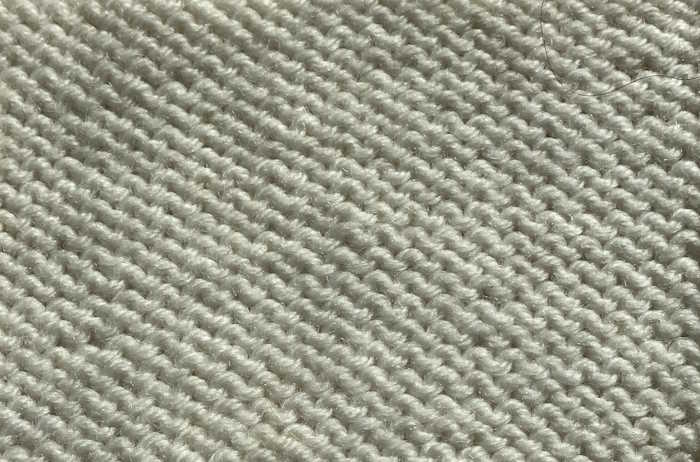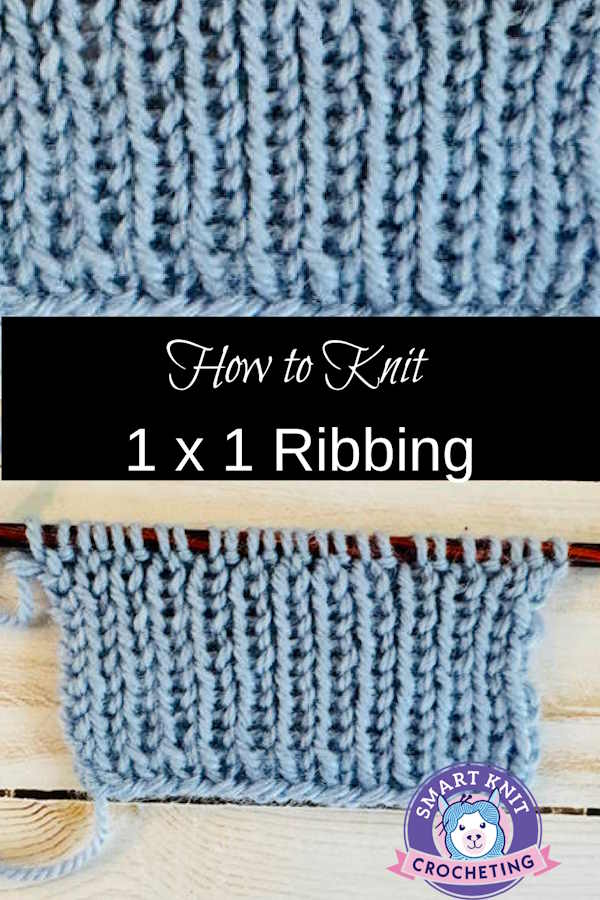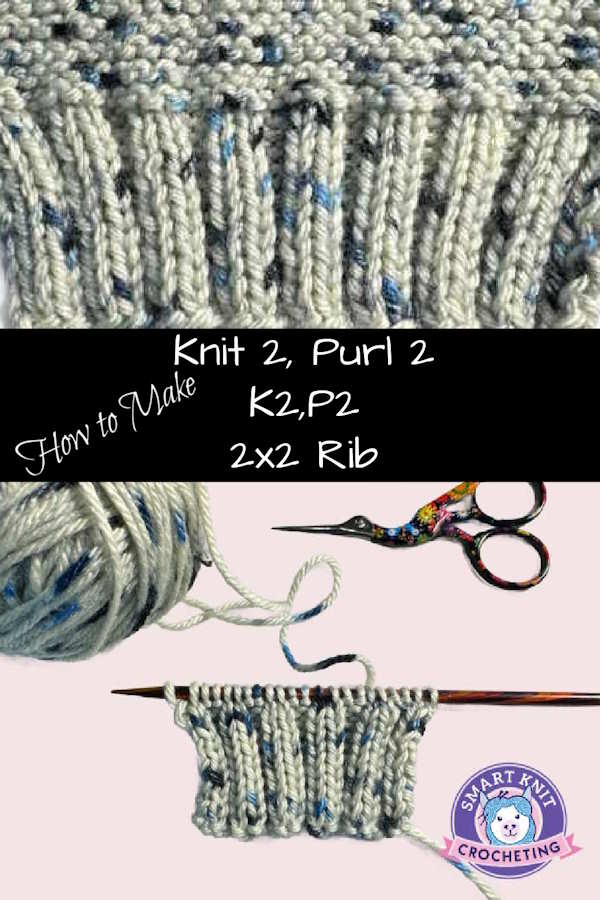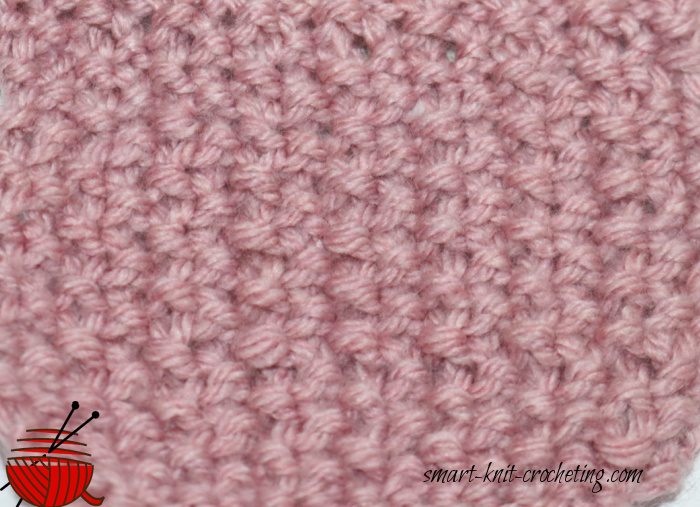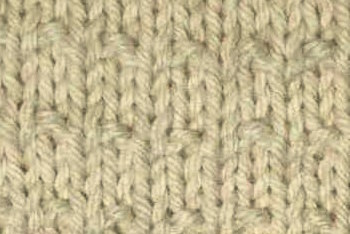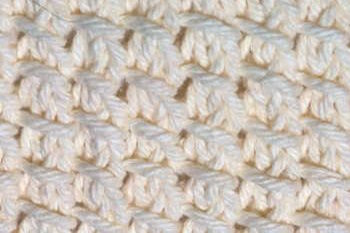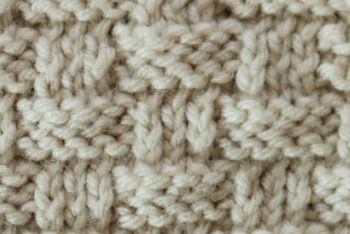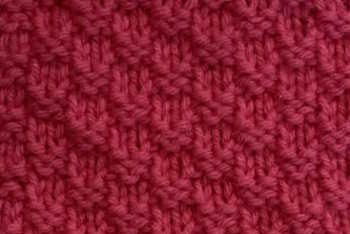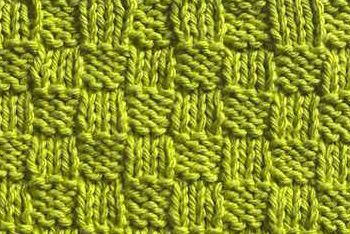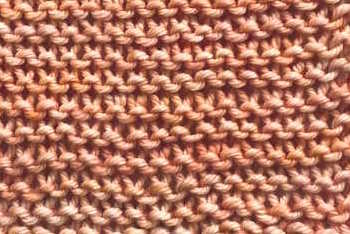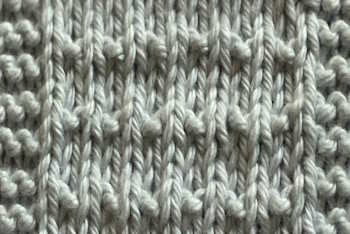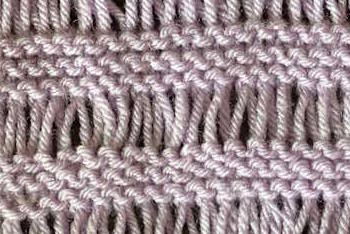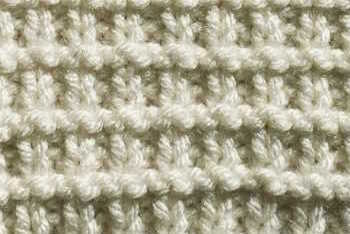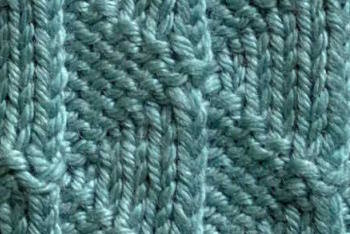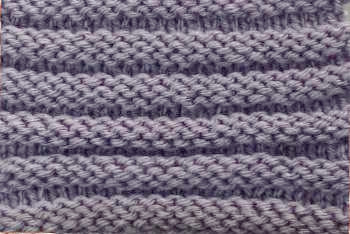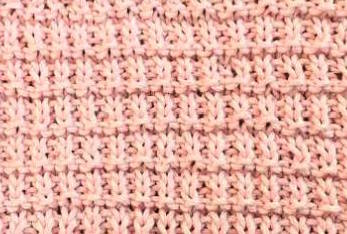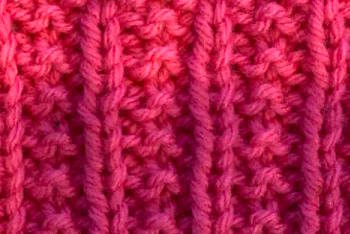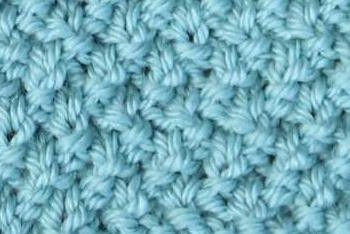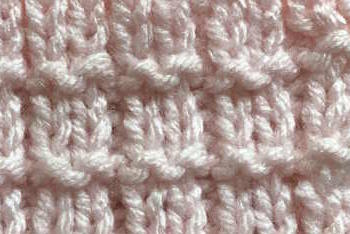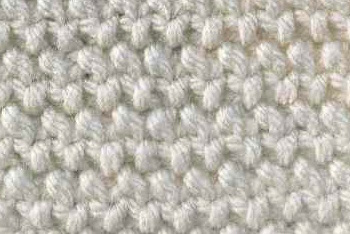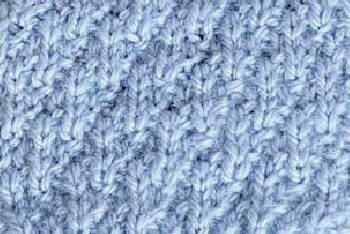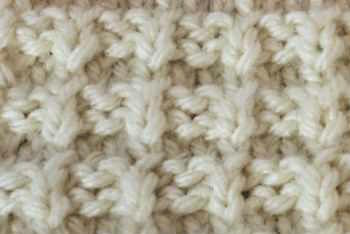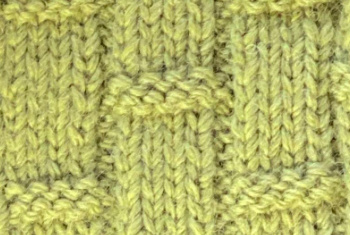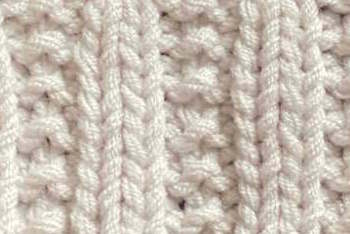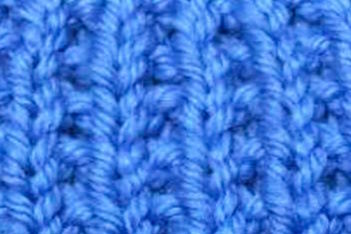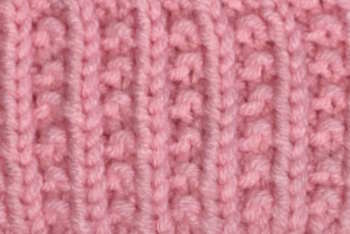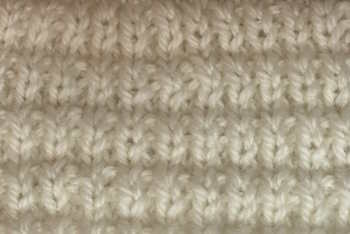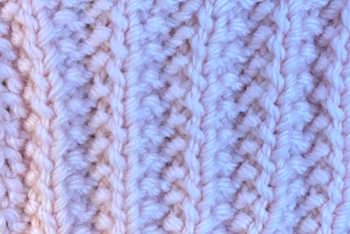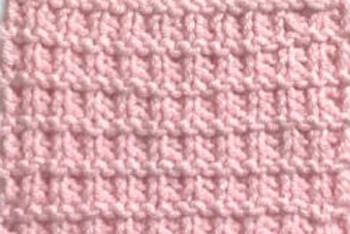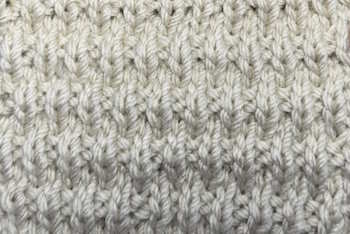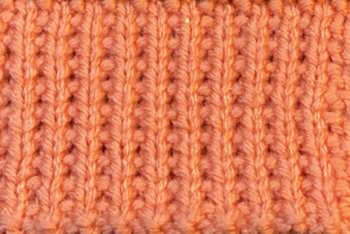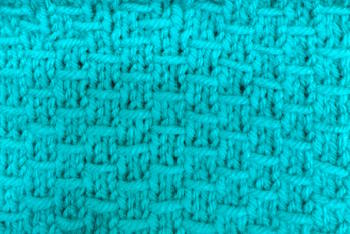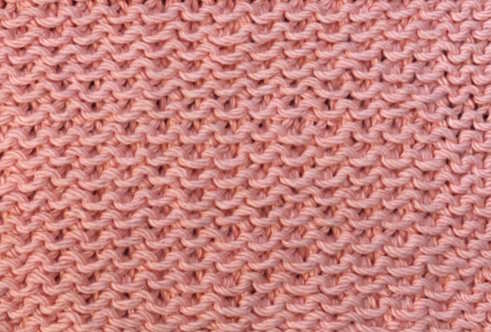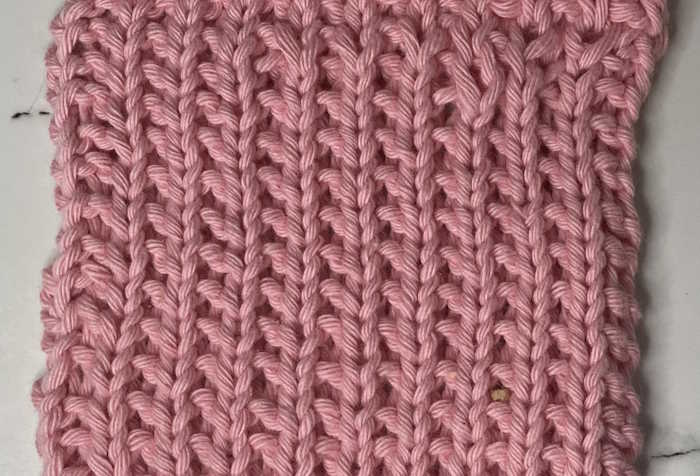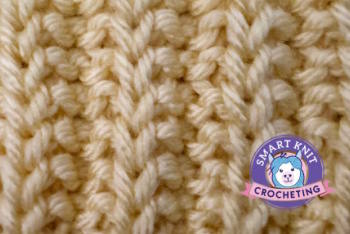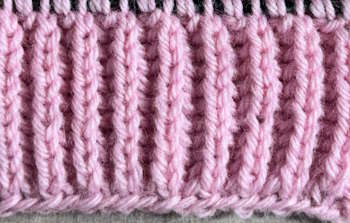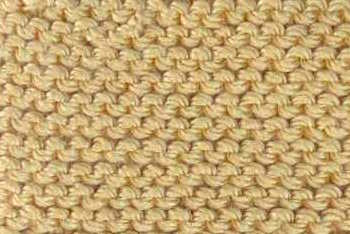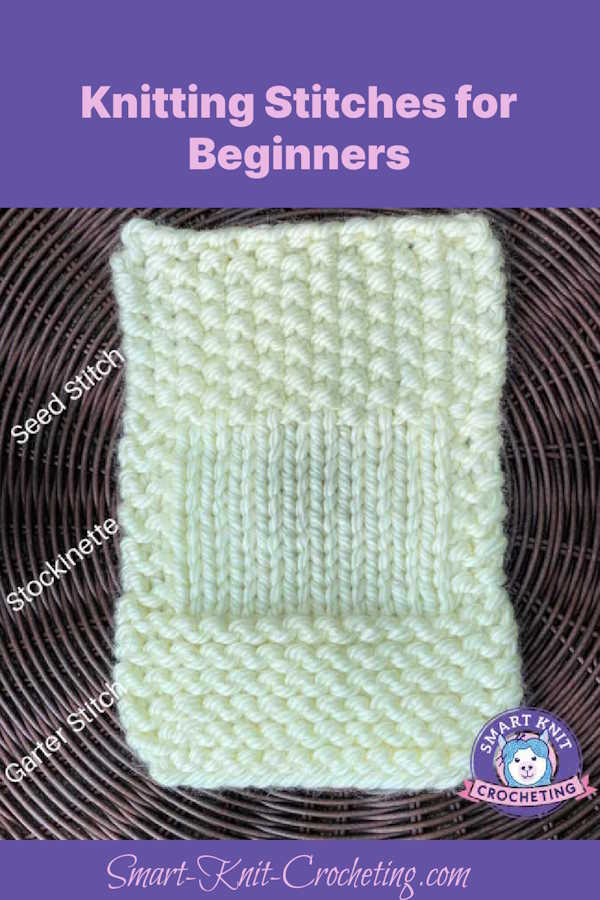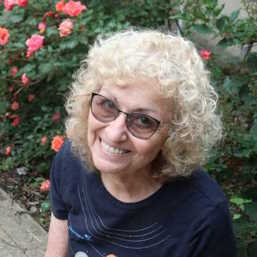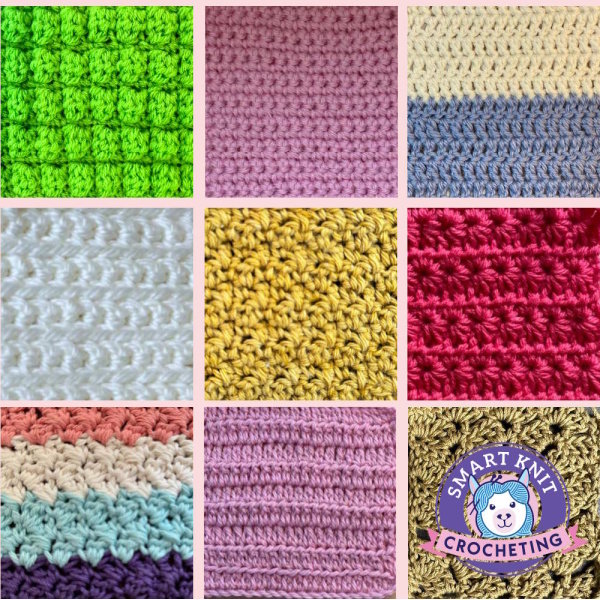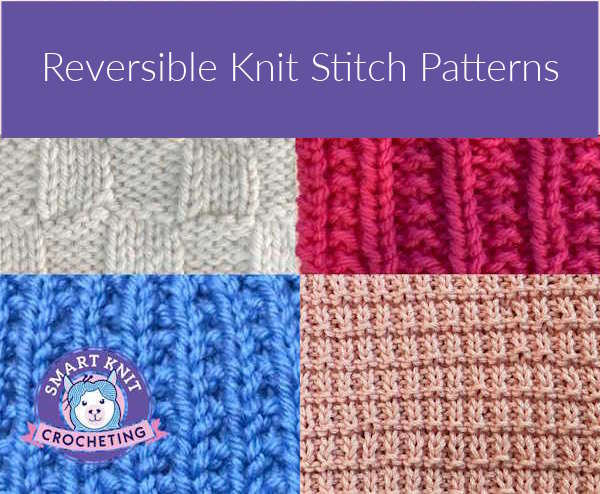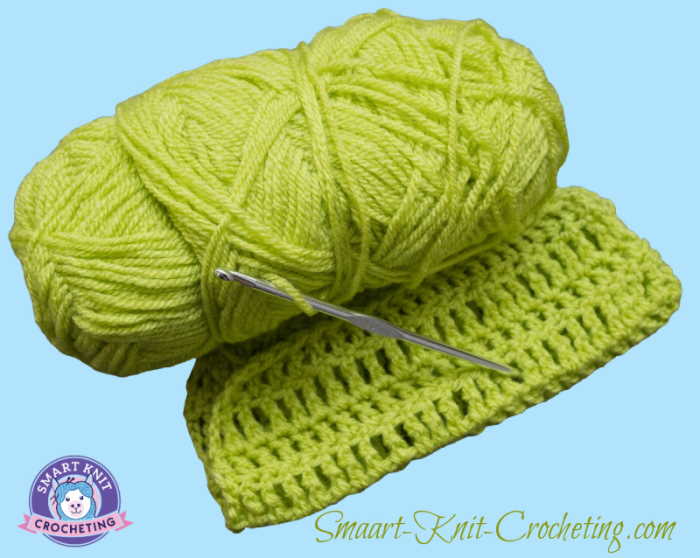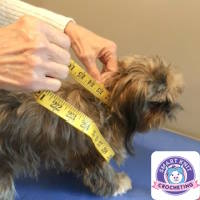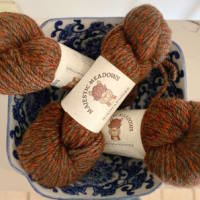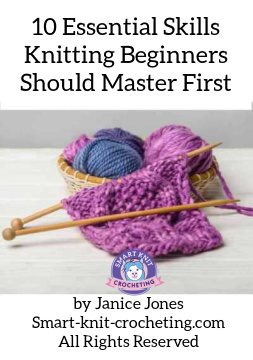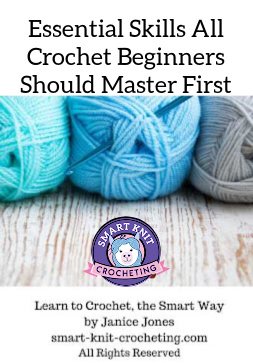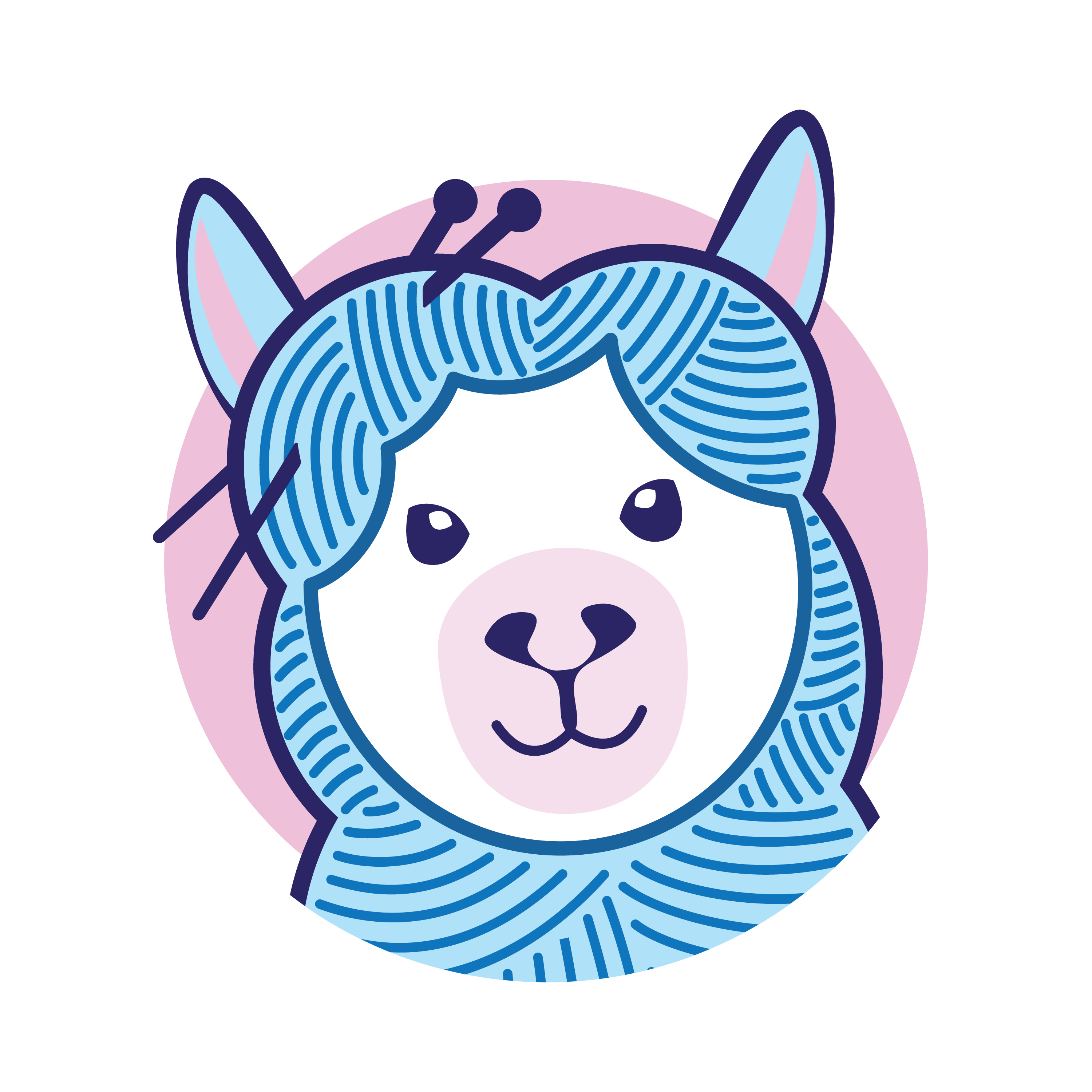- Home
- Types of Knit Stitches
- Knitting Stitches for Beginners
Knitting Stitches for Beginners: Complete Tutorials
Knitting Stitches for Beginners, by Janice
Are you just getting started and think all of these knitting stitches for beginners look too difficult to tackle?
Think again.
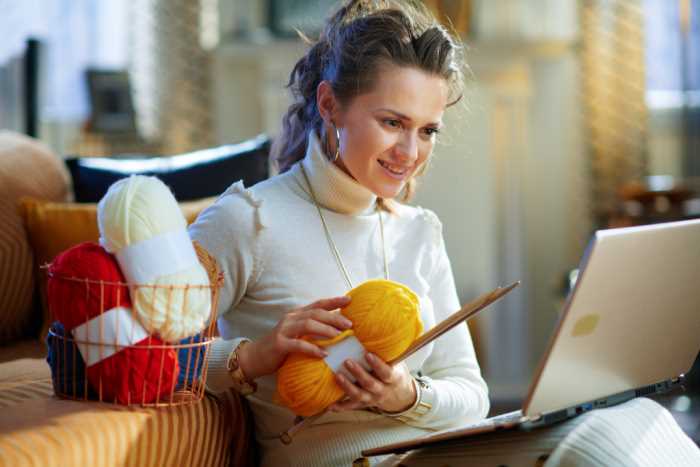 Knitting Stitches for Beginners
Knitting Stitches for BeginnersWhat are some Knitting Stitches for Beginners?
There are many stitches that easy even for beginners. But before you can master them, there are a couple of stitch patterns that all beginners should learn first.
- Knit Stitch (Garter stitch pattern)
- Purl Stitch (Reverse stockinette)
- Stockinette Stitch (One row is knit and then the next row is purled.)
- Rib Stitch (one or more stitches are knit followed by one or more stitches are purled)
- Seed Stitch (knit and purl stitches are alternated across the row and on the next row, the knit stitches are purled and the purl stitches are knitted.
Don't worry if none of this makes sense. You will understand all of these stitches as you read this tutorial.
There may be thousands of knitting stitches, but the good news is that there are only two basic stitches you will need to learn:
Knit and Purl Stitches
Hundreds of variations of these two stitches have been perfected over the years.
The Knit Stitch or Garter Stitch Pattern
Let's start with the most basic stitch: the knit Stitch. If you create the knit stitch over and over again across the row and then in each subsequent row it is called the Garter Stitch Pattern.
It's classified under the knit and purl category and it's reversible, which means it looks the same on both sides. To create this stitch, you simply knit every row. It produces a fabric with a textured, bumpy look that's flexible and sturdy.
Learn how to make the knit stitch.
Here's the tutorial for the garter stitch variations
The Purl Stitch
The purl stitch is just the opposite of the knit stitch and is normally not worked alone even though you can. But, If all you make are purl stitches, you create a piece of fabric called the reverse stockinette pattern.
Find out how to make the purl stitch.
Once you've mastered these two stitches, the rest is easy. The next set of knitting stitches for beginners use variations of these stitches to make a wide range of textured fabrics.
Stockinette Pattern
If you combine one row of knit stitches and one row of purl stitches you get the stockinette stitch pattern.
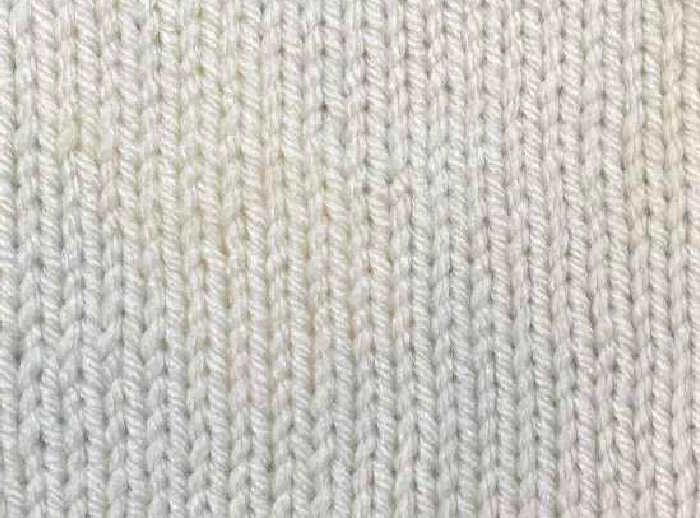 This is the right side (public side) of the stockinette stitch.
This is the right side (public side) of the stockinette stitch.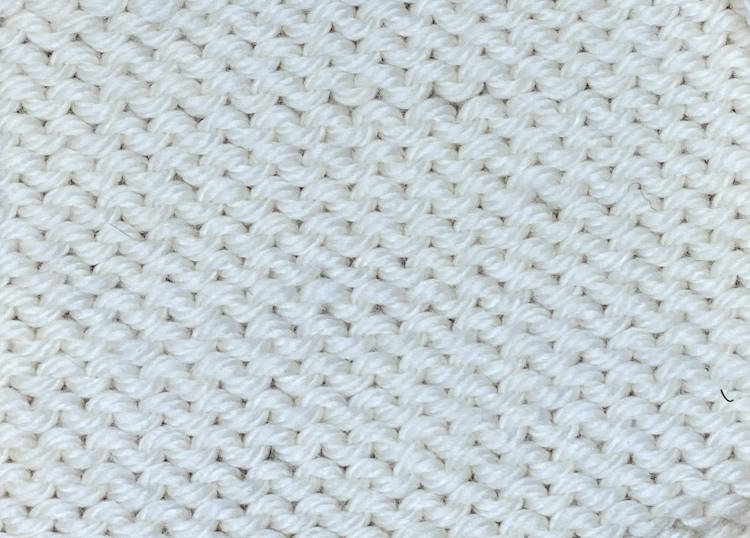 Stockinette Stitch: Wrong Side
Stockinette Stitch: Wrong SideLearn how to make the stockinette stitch.
Rib Stitches
Rib stitches are created by working knits and purls in one row. You'll recognize these stitches because they usually appear as the cuffs on sleeves, the hem on sweaters or the rim on a hat. Most rib stitches are reversible, meaning that the right and wrong sides of the fabric are the same.
There are many different types of rib stitches.
Learn how to make the one by one rib
Learn how to make the two by two rib
Seed Stitch
After mastering the knit and purl stitches, you can next move onto many different types of stitches. Often, it is the seed stitch that beginners tackle next.
The seed stitch is made by making one knit stitch followed by a purl stitch. This pattern is repeated across the row of knitting. On the second row, the pattern is reversed: one purl followed by one knit across the row.
Once you master these basic stitches, you can knit many stitches. My purpose here is not to overwhelm, but to show you what possibilities exist. If you want to discover more stitches that you can knit, keep reading.
Classification of Knit Stitches
I am not sure if there is one way to classify knit stitch patterns, but the one below seems to be the one I see most frequently.
- Knit and Purl Stitches (created with knits and purls and contain few if any additional techniques)
- Ribbing (Which uses mostly knit and purl stitches)
- Reversible Stitches (Stitch Patterns that look the same on both sides of the fabric.)
- Slip Stitch Patterns (created by slipping a stitch from one needle to the next without kniting on purling it.)
- Cable Stitches (A cable needle is used to alter the order stitches are worked.)
- Lace and Eyelet Stitches (created by increases and decreases to make fabric that has holes in it)
- Textured Stitches (When the fabric appears very textured, you'll find it in this catagory.
Some are easier than others, with the knit and purl stitches being the easiest. In this article, I will give a brief explanation of all.
Knits and Purls
Once you can make a knit and a purl stitch, and have tried the stockinette stitch pattern, you can begin combining the two stitches to create a wide variety of different stitch patterns. Here are a few to try:
Learn more about knit and purl stitches here.
Rib Stitches and Rib Patterns
This subset of knit and purl stitches, the Rib Stitches uses both knits and purls across the row to create a stretchy, textured fabric that is often used in hats, hems of sweaters, collars, and sleeve cuffs.
There are many rib stitch pattern variations.
Slip-Stitch Knit Patterns
The next catagory of knit stitches that can be mastered by beginners is called the Slip stitch knit patterns.
With these patterns, one new technique is introduced, the slip stitch. This is a super easy stitch, actually no stitch at all.
To make a slip stitch, you move or slip one stitch from the left needle to the right needle without knitting or purling the stitch.
Not only can you make some very interesting textured designs, but slip stitch techniques can also add color work to your repetroire of skills.
Learn more about Slip Stitch Knit Patterns.
Reversible Stitch Patterns
When you make something that shows on both the right and wrong side such as a scarf, you will want to use a reversible stitch. These are easy patterns that look identical on both sides. Not all knit stitch patterns are revesible, but many are.
Learn more about reversible knit stitch patterns.
Cable Stitches
Entire books have been written about making cables and the number of different cable patterns boggles the mind. Cables are created by knitting stitches in the wrong order, thereby giving you the twist you see in cables.
Creating cables is not difficult but can be a little cumbersome getting used to hold needles along with cable needles as you knit along a row or round. I would not consider this technique to be truly beginner friendly, but it may not be as difficult as you might suspect. It does require practice like any other knitting technique to get it looking great.
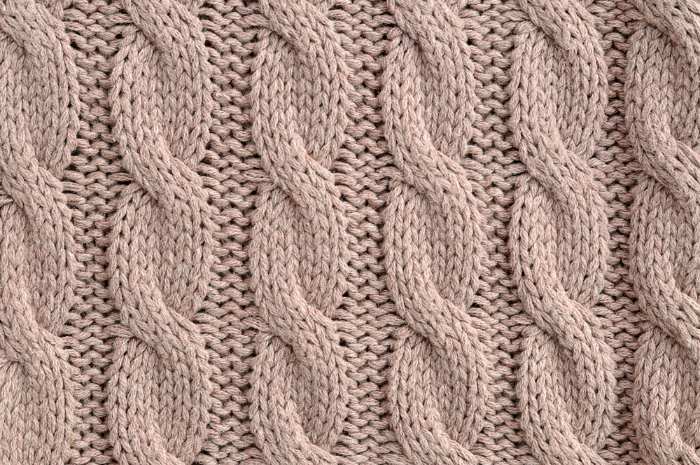
Learn more about Cable Stitches.
Knit Lace Stitches
Knitting lace can be very intiminating for beginner knitters and rightly so. Lace is created by working a variety of different techniques, usually yarn overs and knitting increases or knit two together (K2tog).
Here's an introduction to lace knit stitches for the absolute beginner. Learn what it takes to create lace, the pros and cons, and how to create simple lace designs using just knit, purl and decreases stitches.
Learn how to make simple Knit Lace Stitches.
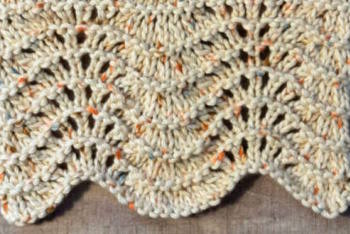 Old Shale
Old Shale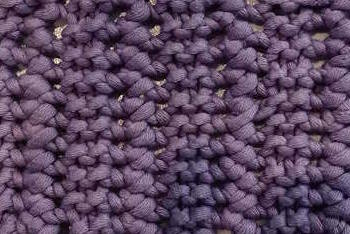 Knit Garter Lace Stitch
Knit Garter Lace Stitch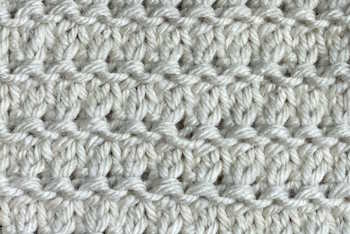 Granite Lace
Granite Lace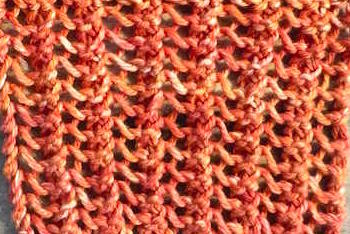 Straight Lace
Straight Lace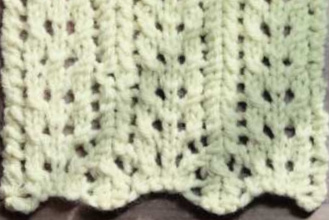 Simple lace
Simple lace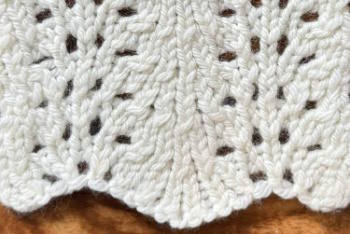 Feather and Fan
Feather and FanTextured Knit Stitches
Many sources add an additional catagory of stitches, textured knit stiches, that may or may not overlap other stitch patterns.
These stitches add a visual and tactile component to the fabric. Once you've mastered the basic stitches with a few additional skills, textured knit stitches could be your next challenge.
Last Words
If you are just beginning your adventure with knitting, it can be overwhelming to know what stitch to learn next. This article has outlined some of the most common knitting stitches from the most beginner-friendly to the more advanced. Once a beginner has mastered the knit and purl stitches, it's time to move onto the next level of textured, ribbed, reversible, slipstitch, lace or cabled stitches. It's safe to say that there is always something new to learn.
Happy Learning, Happy Knitting.
Janice
